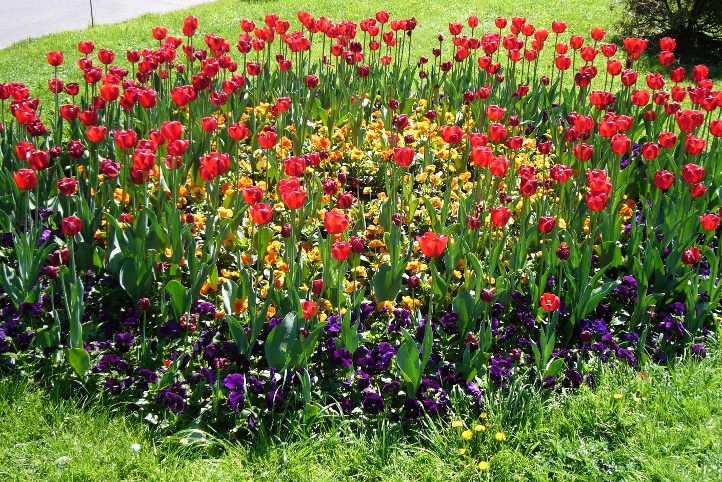As a lawn and garden enthusiast, you know Winter lawn care like the back of your hand. You’ve applied winterizer to your lawn, raked up all your leaves, and gotten your irrigation blowout done right before the first big freeze of the season. Just another day in the life!
It’s no secret that the best compliment to a well-maintained lawn is a beautiful perennial or annual garden. If you want to be the envy of the neighborhood next Spring, make sure to get this task completed before the winds of Winter come to stay.
Time Your Planting Of Your Spring Flowering Bulbs
While planting times may vary depending on your climate, a later date is definitely better when it comes to planting Spring flowers. Fall planting should be done about six weeks before the ground freezes, while Spring planting will require a period of chilling before you plant.
Watching the clock is key when it comes to planting Spring bulbs, as planting too early can lead to fungus or disease problems if not properly monitored. If you plant bulbs while it is still warm, they may also sprout and start to burn up the precious energy they need to save for Spring.
Add Organic Material
Like adding topdressing to your lawn in late Fall, utilizing organic material like shredded leaves, pine needles, and enriched potting soils at planting time is good for the soil of your flower bed.
Covering your bed in mulch over the winter is also a foolproof way of hiding your bulbs from pesky squirrels and mice.
Plant At Specific Depths
When preparing your Spring flowering, bulbs should be planted at a depth of 2 to 3 times the height of the bulb. If you don’t think you’ve planted them deep enough, just pile on an inch or more of leaf mulch and soil and create a crafty raised bed.
If you’ve ordered your bulbs and they haven’t arrived yet, dig holes where you’ll be planting the bulbs in case an early snowfall occurs. After that, all one has to do is remove the snow from the hole, plant the bulbs, and fill up the hole with soil.
Mark The Area
Make sure to put a stake or marker of some kind in the garden to mark the locations of your bulbs. This will help you avoid accidentally digging up the bulbs while doing future plantings or stepping over them with your bulky Winter boots when working around the house. As always check back with Green Earth Solutions for more tips

